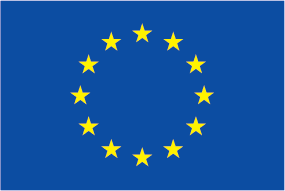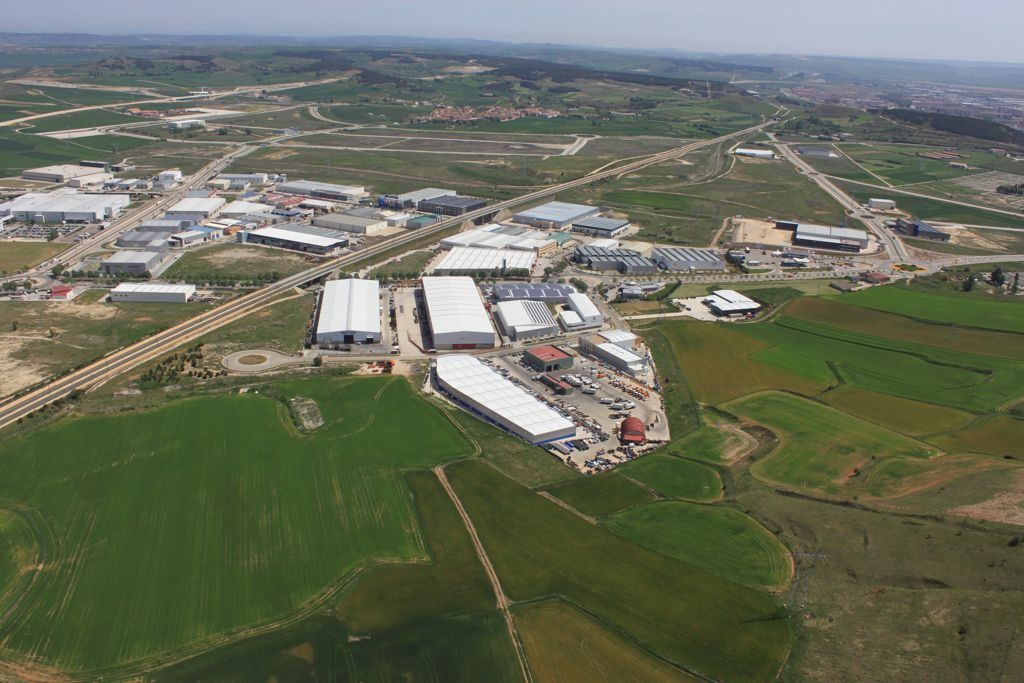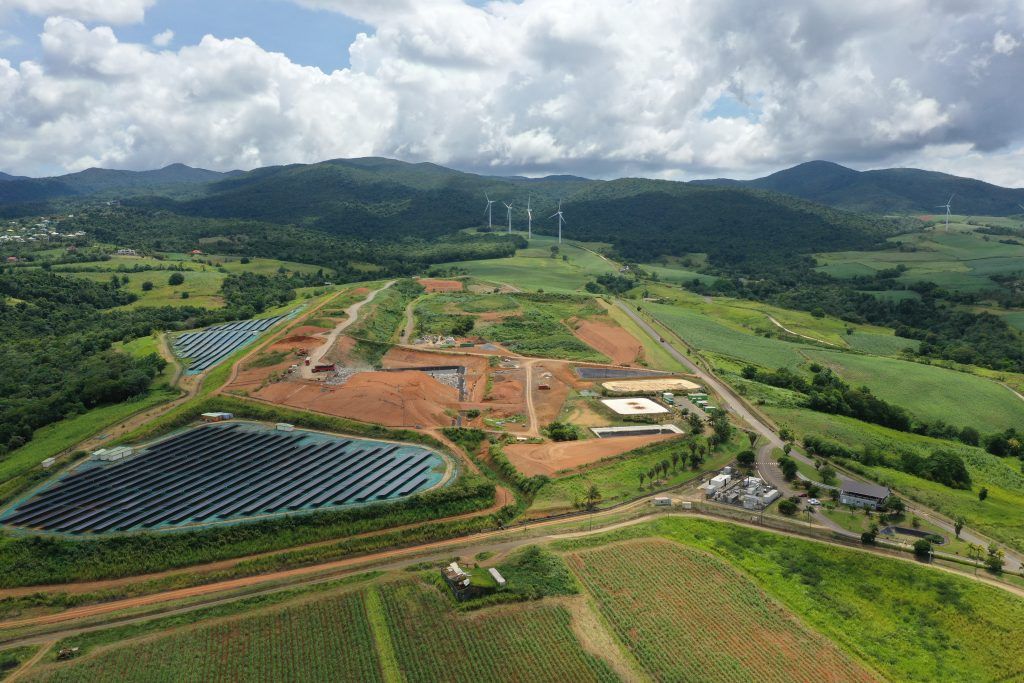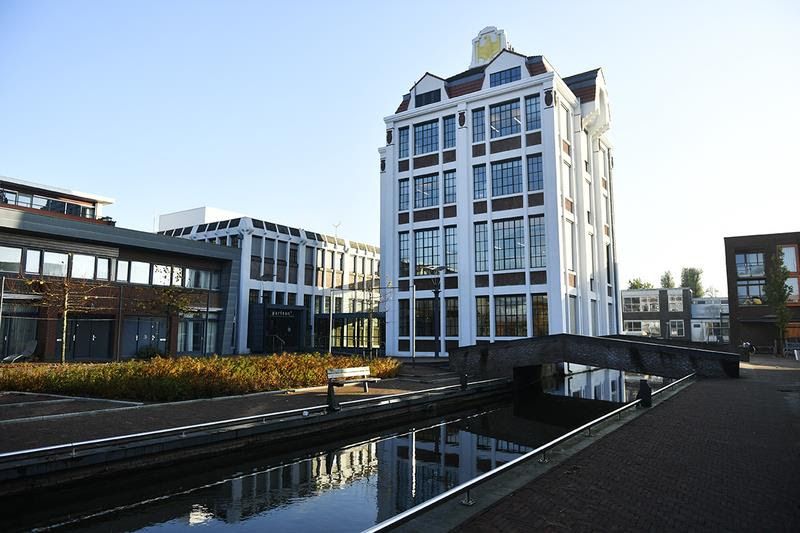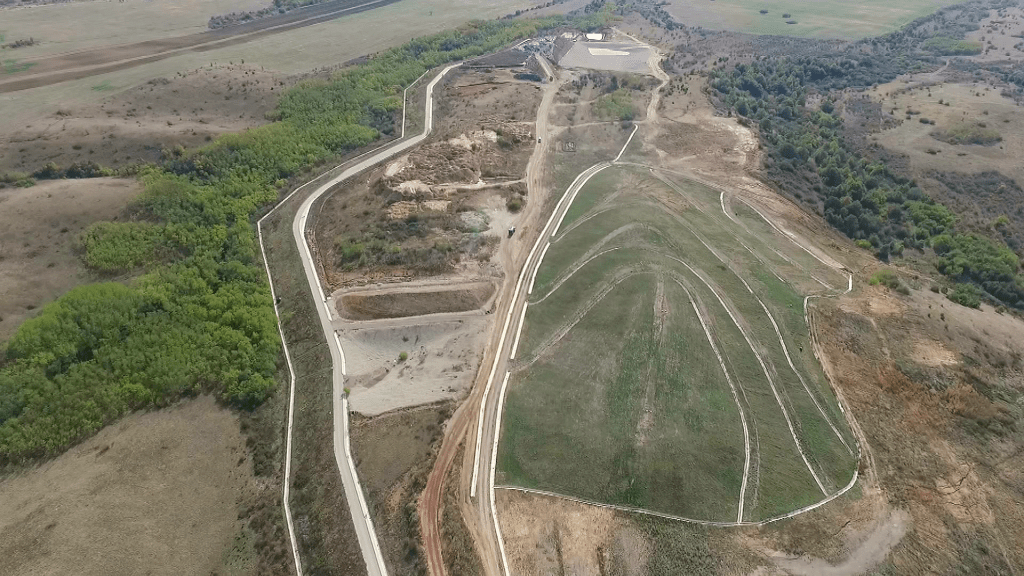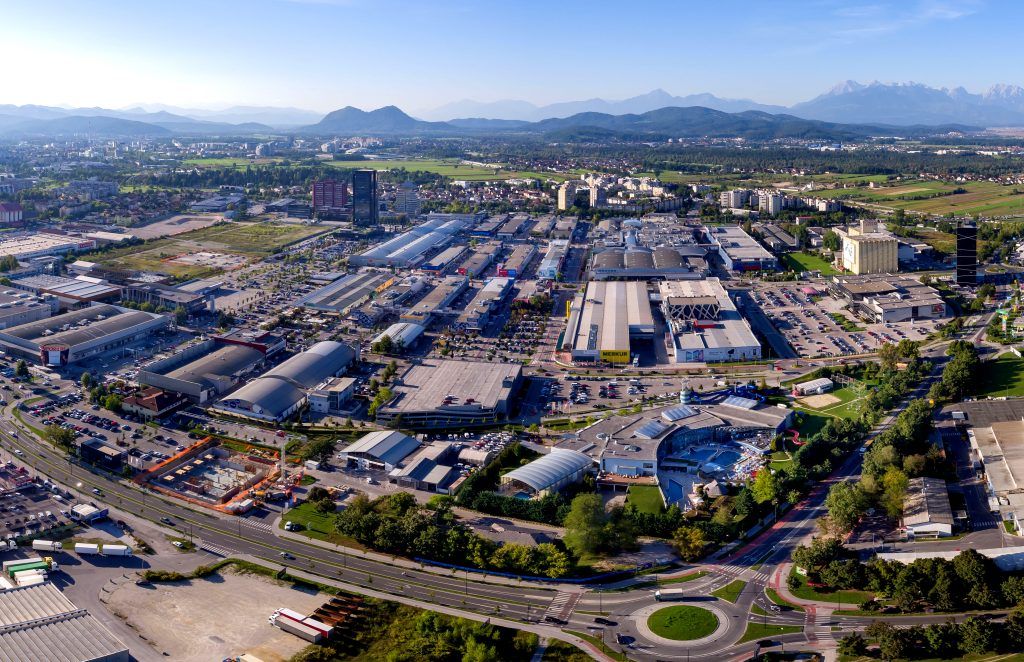Current conditions require acceleration of the energy transition
Ambitious EU climate goals cannot be achieved without the close cooperation of national institutions, local authorities, companies and individuals. All NECPs of the member states are in the process of being revised, which must be completed by 2024. The revision of these fundamental strategic plans in the field of environment and energy will be carried out considering the legislative package »Fit for 55« from July 2021 and based on the REPowerEU plan. “Fit for 55” envisages raising the current targets of the member states for achieving production from RES by an average of 8 percentage points until 2030. Expectations will be even higher in the light of REPowerEU.
Local and regional authorities play a key role in the realization of European energy and climate goals. Energy production at the local level is essential for promoting energy production from RES, spreading democracy in the field of energy, and reducing energy poverty. Successful local energy communities will have an important unifying and educational role and are an opportunity to transfer innovations into practice.
Mass connection of individual PV systems threatens the stability of weak electricity distribution networks
The accessibility and ease of individual systems for self-supply of households with electricity has stimulated a massive expansion of individual photovoltaic (PV) systems. This has a negative impact on the operation of weak distribution networks that were not built for the mass connection of PVs. The principle of net metering, which was and is currently still in effect in some parts of the EU, uses the distribution network as a free energy store. The transfer of energy from the summer period, when PV production is high, to the winter period is particularly problematic. This is especially true in parts of the EU, where a lot of electricity is used for heating in winter, when production is minimal. In these parts of the EU, the air conditioning of rooms in the summer, especially of individual residences, is not particularly problematic in terms of energy.
Connecting a large number of smaller PVs is therefore increasingly problematic. The solution is to connect larger units at the points of the distribution network, where the immediate consumption of all produced electricity is guaranteed and where there are large roof surfaces with adequate solar radiation (industrial plants, public buildings, in the immediate vicinity of transformer stations or the medium voltage network). Residents and local authorities, as well as energy-intensive industry, can establish a local energy community, which sets up a community power plant for self-sufficiency.
An efficient solution – large community power plants within the framework of CES
The construction of large PVs has many advantages over mass individual construction. Building larger units is generally cheaper, lower price per kW (economy of scale). Connecting one large production device with its own line to a nearby transformer station, or for the largest one with its own transformer station to the medium-voltage network, is generally less problematic than connecting a multitude of individual PVs. Community PV must be placed in a location that is well-sunlit and close to the appropriate energy infrastructure. The owner (investor) of the community PV can also be a third party, which offers many possibilities for the development of business models. The owner can use part of the production for his own needs, and part of it to the community. The municipality could partially solve the problems of energy poverty also by installing community solar panels and (free of charge) including the metering points of municipal apartments in the community self-supply (a few kW per metering point). The role of energy communities is also in promoting integration and cooperation between citizens – the social aspect.
Industrial environments are ideal for large PV deployments
SIJ Acroni, as an energy-intensive company and one of the largest consumers of energy in Slovenia, has large roof areas of production halls and a strong power system. This is the perfect combination for large PV installations. In addition, there is also the possibility of placing a PV power plant on a closed landfill.
As part of the CREATORS project, potential locations for PV installation were analysed and basic technical studies with simulations were made. The results show that it is possible to install PV devices with a total power of 5 MW.
Part of the large PV could also be allocated to the establishment of a Renewable energy community (REC), for which appropriate legislation was recently passed both at the EU and national level. It is still necessary to find and test the right business models, which will also be developed within the Creators project.
Industrial environments have their own peculiarities, which must be considered when planning the construction of large PV plants. Research within the Creators project therefore helps us to make environmentally friendly and business-correct decisions. Large investments require management of business risks and must be in accordance with the company’s investment policy. In large industrial areas, there are many options for installing PV, so it is necessary to find the best locations. It is necessary to consider the aspect of investment costs, the suitability of the location from the point of view of solar radiation and the impact of dust particle emissions on the production of electricity, the need for maintenance (cleaning) and the possibility of reducing these operating costs.
Research on the impact of dust on solar PV energy production
One of the tasks of the SIJ Acroni pilot site was to determine the impact of the industrial environment on photovoltaic production. Three test PV devices were placed in different locations (on the roofs of two production halls and one administrative building). Each test PV device consists of: 2x identical PV modules, 2x microinverter, 2x smart energy meter, PV construction for two modules and an AC electrical cabinet with all necessary elements. We also equipped one of the locations with a meteorological station with temperature, pressure and solar radiation sensors.
With the aforementioned equipment, we were able to test the impact of the industrial environment on the micro location and also compare it with other PV power plant locations. The conducted study consisted of three steps:
- reference period: both tested PV panels were cleaned three times a week. With this, we have confirmed that there are no deviations in the electricity production of the tested PVs;
- test period: continuous cleaning of only one solar panel was carried out. Cleaning took place three times a week and lasted a year and a half. Dust that accumulated on the PV during cleaning periods was collected during the test period. Chemical analyses and Scanning electron microscopy (SEM) analyses were performed on the collected samples during the tested period;
- period after cleaning: First, both tested PV panels were cleaned. Second, over a period of one month, both PV panels were cleaned three times a week. The cleaning protocol was carried out to confirm the possibility of cleaning an uncleaned PV panel and to confirm that there is no degradation of the PV panel due to dust accumulation (over a period of one and a half years). As a result, we have confirmed that there are no deviations in the electricity production of the tested PVs according to the implemented cleaning protocol.
All data, observations and analysis during the study were collected in the energy management system.
By carrying out the testing, we obtained important data that enabled us to carry out various analyses of the suitability of locations for PV installation and the necessary maintenance interventions. Based on testing, we found the following:
- the impact of the environment on the micro location and the required cleaning periods to maintain the desired efficiency of the PV device,
- the main source of dust particles,
- solar irradiance of locations and expected yield of PV systems,
- comparison between individual locations.
The mentioned results and other technical studies helped us to choose the preferred locations for investment in PV devices. The results of these studies helped us to start the project of the first PV power plant in the industrial site of SIJ Acroni. The 166 kW PV power plant is in the phase of preparing the necessary project documentation and has already been submitted to tender for state subsidies. The start of operation is expected in 2023. We believe that this project is just the beginning of exploiting the solar potential at the SIJ Acroni pilot site.
Since the results of the conducted study showed that the accumulation of dust on the solar panels at one of the tested locations affects the production of electricity, we decided to check whether the nano coating of the solar panel can prevent/reduce the accumulation of dust on the solar panel.
First, both tested PV panels were cleaned. Second, the PV panel was coated with a nanocoating. Since we recently (in October 2022) started monitoring the electricity production of the nanocoated test solar panel and the reference, the preliminary test results will be known in half a year. A one-year monitoring of electricity production is foreseen.
Conclusion
The Creators project will make an important contribution to the energy transition to a climate-neutral society by developing energy communities in many locations across Europe. The systems and tools developed and tested within the Creators project will enable the establishment of new energy communities. However, we believe that the research we are conducting as part of the Creators project will also help to encourage large industrial companies to step even more ambitiously on the path of green transition and ensure the participation of surrounding households in joint green projects.
Authors: Edvard Kosnjek (JSI), Mojca Loncar (SIJ Acroni), Tom Smolej (SIJ Acroni)
1 »Fit for 55« is a package by the European Union designed to reduce the European Union’s greenhouse gas emissions by 55% by 2030. The package was proposed in July 2021 by the European Commission.
2 REPowerEU is a European Commission proposal to end reliance on Russian fossil fuels before 2030 in response to the 2022 Russian invasion of Ukraine.

